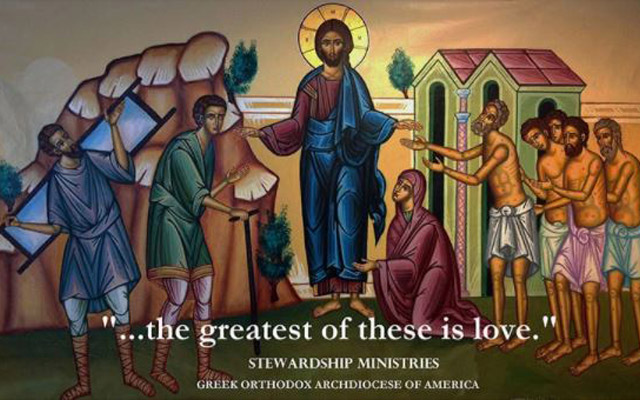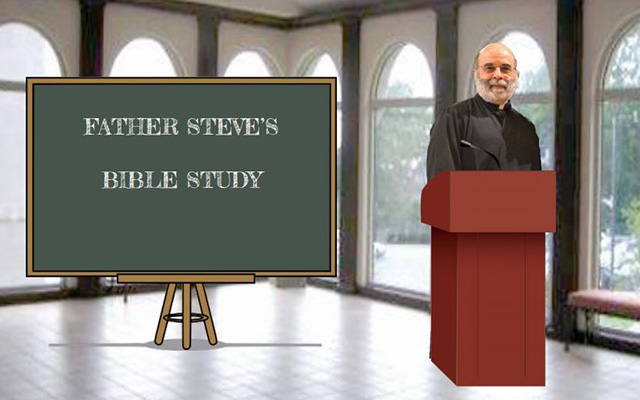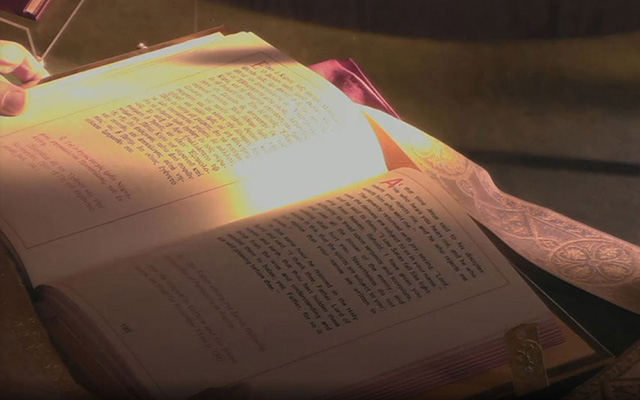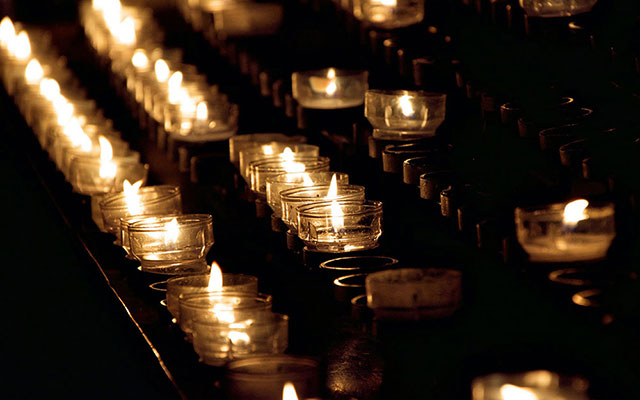Friday of the Second Week of Lent. The Story of Job
And the Lord said to Satan, ”Have you considered my servant Job, that there is none like him on the earth, a blameless and upright man, who fears God and turns away from evil?” Then Satan answered the Lord, ”Does Job fear God for naught? Hast thou not put a hedge about him and his house and all that he has, on every side? Thou hast blessed the work of his hands, and his possessions






